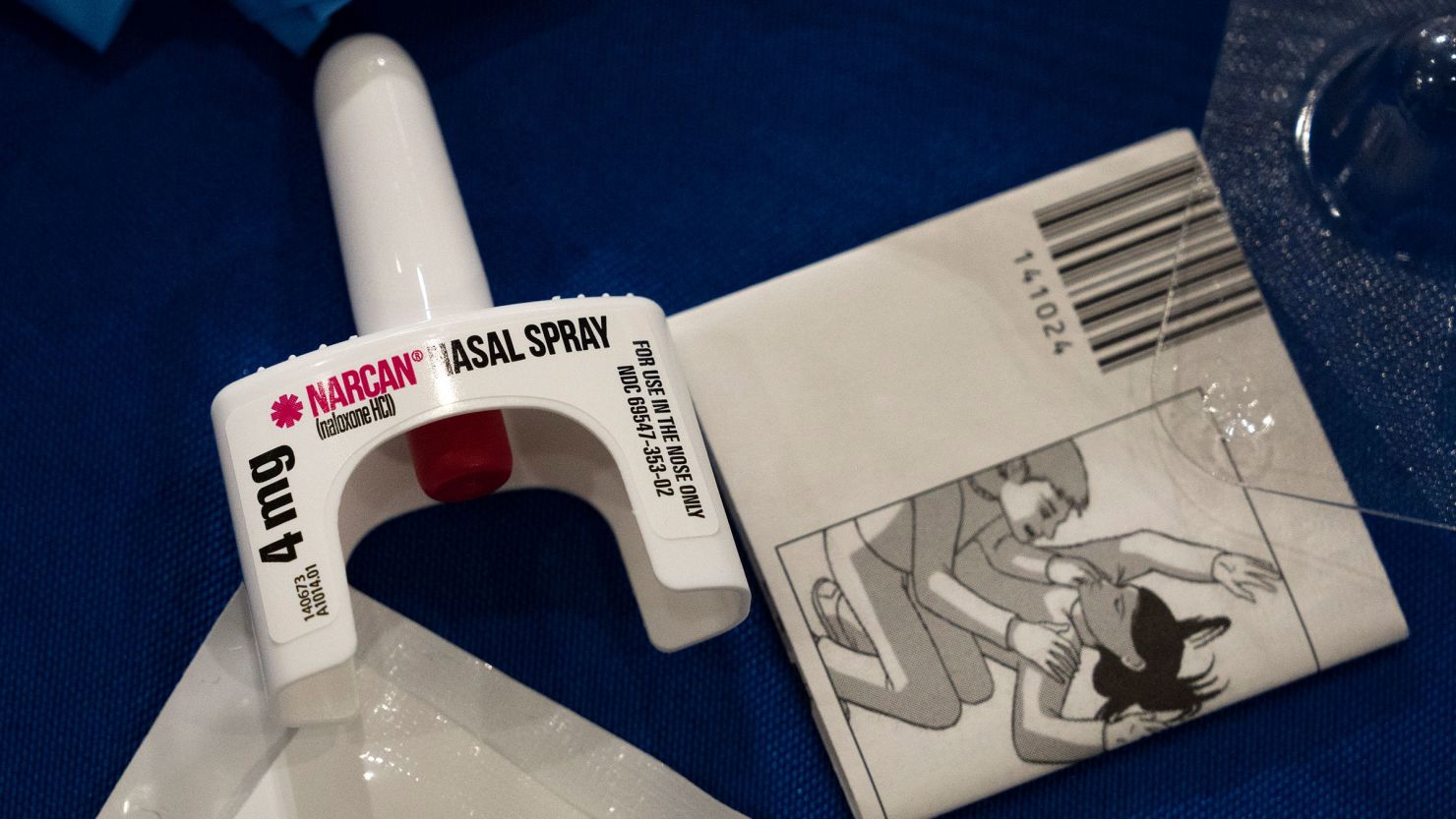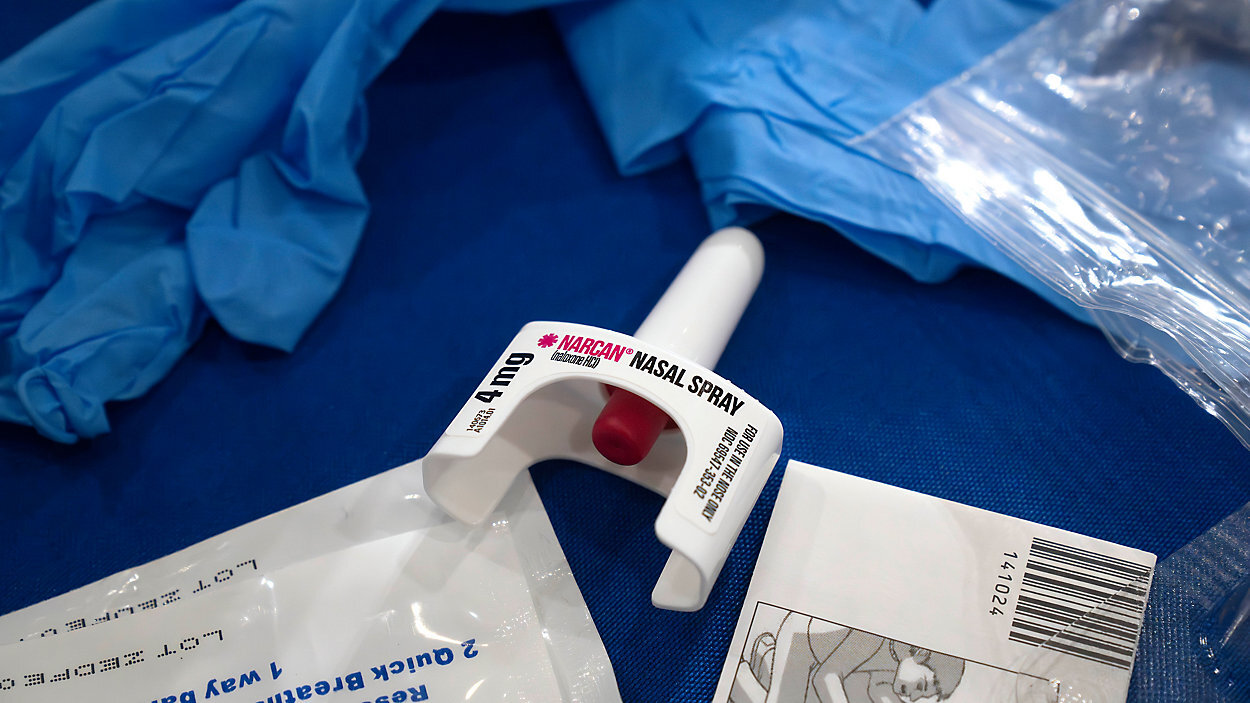In 2023, the US saw a 3% decrease in opioid overdose deaths, marking the first decline since 2018. One significant factor contributing to this decline is the increased use of naloxone by bystanders with little to no medical training. Naloxone, commonly known as Narcan, is a life-saving drug that reverses opioid overdoses, and efforts to make it more accessible to the public have intensified as part of the broader strategy to combat the opioid crisis. This trend is seen as a positive shift after years of rising overdose deaths.
A study published in *JAMA Network Open* analyzed data from June 2020 to June 2022, revealing that while emergency medical services (EMS) naloxone administrations decreased by 6.1%, layperson naloxone use before EMS arrival increased by 43.5%. This suggests that public health initiatives to promote naloxone use among non-medical individuals are having a significant impact. According to Chris Gage, the lead author of the study, this rise in layperson intervention reflects the success of these public health efforts.

Naloxone, typically administered via nasal spray, works by quickly restoring breathing in individuals experiencing an opioid overdose, often within two to three minutes. Although naloxone can be life-saving, experts emphasize the importance of seeking medical help even after administration, as the individual may still require further medical attention. Gage stressed the ease of administering naloxone, likening it to using a nasal spray, and emphasized the need for continued public education on its use.
The increased availability of naloxone over-the-counter since September 2023, at a retail price of around $45 per two-dose carton, is expected to further enhance access. However, only a small percentage (3.4%) of naloxone administrations in the study were carried out by laypeople. Experts like Gage and others hope to see this number rise, as empowering more individuals to use naloxone could significantly reduce overdose deaths. Despite the progress, barriers such as cost and access still exist, especially in certain regions.
In addition to promoting naloxone use, experts argue for more education about drug safety, including the need for drug-checking services to detect contaminants in opioids. Dr. Nabarun Dasgupta noted that most of the drug supply is contaminated, which could influence user decisions on whether to consume or discard drugs. The study’s findings are seen as critical for shaping future policies aimed at curbing the opioid epidemic, with a focus on further increasing naloxone availability and educating the public.
